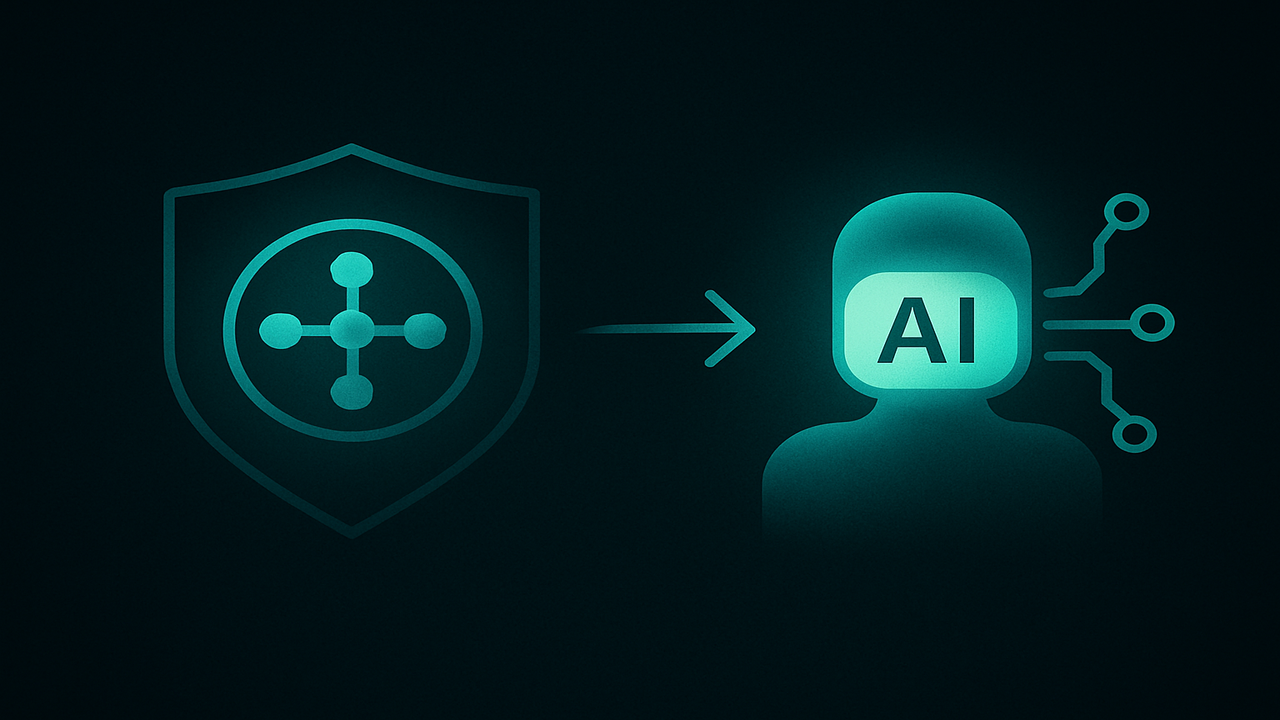Dynamic tool routing enables AI agents to pick the best tool or model for each task in real-time, improving efficiency, accuracy, and adaptability.
This guide explains how it works, why it matters, and the architectural patterns behind it with an example of how enterprise platforms can make it easier.
Why Dynamic Tool Routing Matters
AI agents are no longer single-purpose scripts. In production, they often need to:
Pull data from multiple sources
Call different APIs
Run analytical or generative models
Collaborate with other agents
If each agent has a fixed toolset (static routing), performance drops. Some requests will be slow or fail entirely because the “right” capability isn’t in the workflow.
Dynamic tool routing solves this by allowing agents to choose the most suitable tool at runtime based on context, data type, and past performance.
Key benefits include:
Improved accuracy: selecting the best-fit tool for each request
Optimized resource usage: avoiding heavy compute calls when simpler tools work
Rapid adaptability: adding or swapping tools without redesigning workflows
Core Components of Dynamic Tool Routing
- Tool Registry
A directory of all available tools, APIs, and models, with metadata (input/output formats, permissions, performance history). Routing Logic
Rules-based, AI-driven, or hybrid approaches for deciding which tool to use.Context Awareness
Agents need recent history, domain knowledge, and relevant data access to make good routing decisions.Fallback & Escalation
If one tool fails, agents should switch to a backup or escalate to a human operator.
Architecture in Practice
A typical dynamic tool routing flow looks like this:
Receive a task (e.g., “Summarize this document and extract key legal clauses”).
Assess context (data type, complexity, sensitivity).
Select tool (fast summarizer for short docs; semantic search + RAG for legal clauses).
Execute and return the result.
Log performance for future routing decisions.
Real-World Examples
- Fraud Detection. Route small transactions to lightweight anomaly checks; route suspicious patterns to deep graph analysis.
Document Retrieval. Use keyword search for straightforward queries; use semantic search for complex, multi-part questions.
Customer Support Automation. Select the fastest API for common FAQs; escalate to an LLM workflow for complex troubleshooting.
Best Practices
- Start small and expand your toolset gradually.
- Track and analyze tool performance.
- Define clear fallback rules.
- Apply access control to sensitive tools.
Where Platforms Can Help
Building dynamic tool routing from scratch requires orchestration, governance, and performance tracking. Enterprise platforms, such as the OI Agents, can accelerate deployment by providing:
Agentic workflow orchestration with built-in tool registries
Retrieval-Augmented Generation (RAG) for context-rich decisions
Performance monitoring to optimize routing choices over time
Security & compliance controls for multi-tenant and regulated environments
Final Thought
Dynamic tool routing transforms AI agents from rigid workflows into adaptive problem-solvers. Whether you build it in-house or use an orchestration platform, the payoff is faster responses, better accuracy, and the ability to evolve your agents without constant reengineering.



